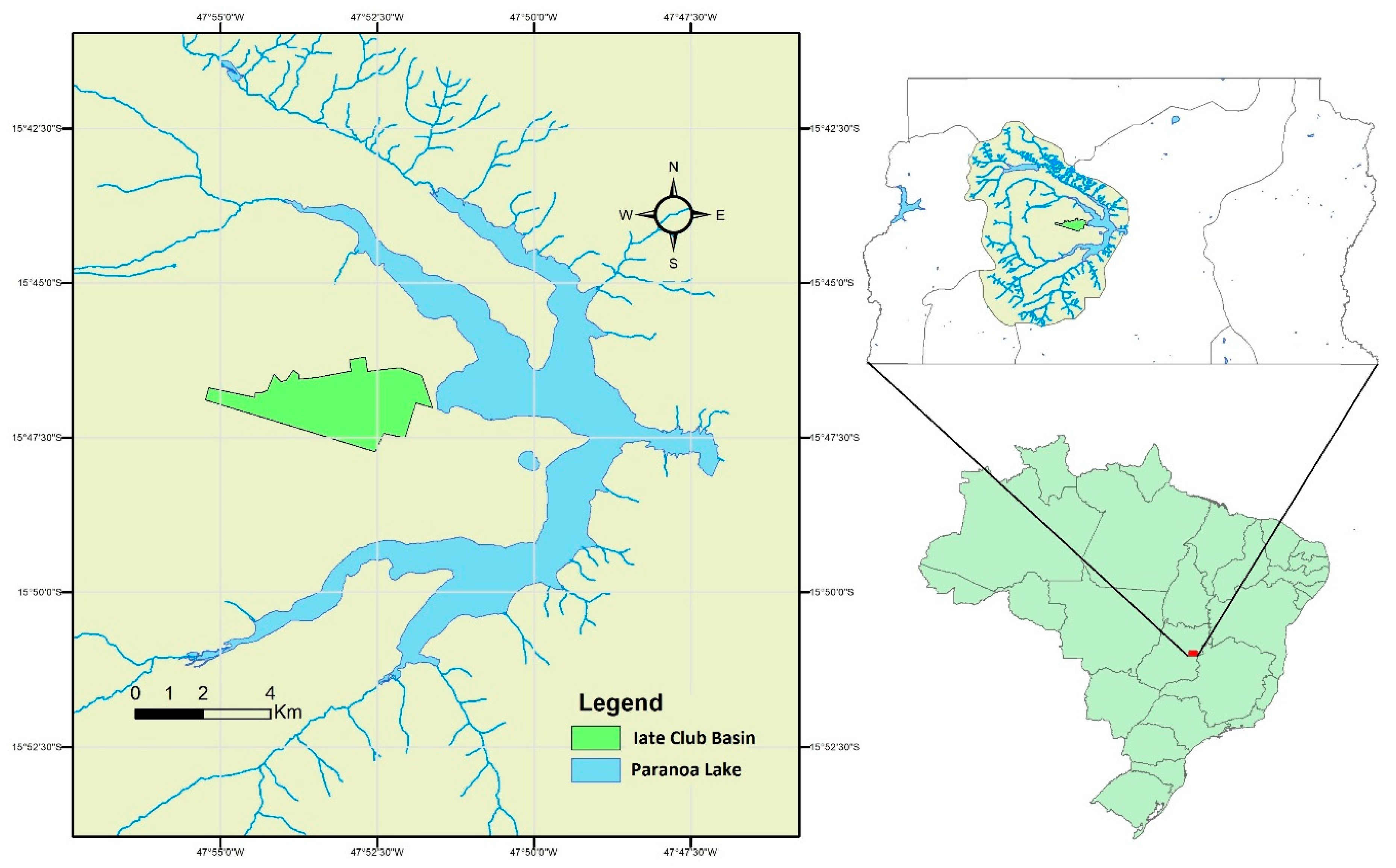

Results from each activity will be recorded in specified results templates. "This will be accomplished through activities within each section. Learning ObjectivesĪt the end of this module, students will be able to: 1) develop a runoff hydrograph using the SCS curve number and dimensionless unit hydrograph., 2) construct a PCSWMM model of an urban watershed for a design storm and explain the assumptions and limitations of the model., 3) select the most appropriate runoff modeling method and justify their conclusion given a set of input data and design criteria. No prior knowledge of runoff models or PSWMM is needed. Students require a foundational knowledge of basic hydrologic concepts, design storms, and working with spreadsheets. Considerations in matching runoff models to situations.
#Pcswmm basin water quality modeling software#
PCSWMM theory, software interface navigation, model construction and implemenation. SCS curve number and synthetic unit hydrographs. Students are then guided through a discussion of the relevant considerations in choosing a runoff model for a situation and are given several scenarios for which they must select what they consider to be the most appropriate model and justify their choice. Runoff results are generated from all 3 models for the same site.
#Pcswmm basin water quality modeling how to#
Students gather site information for model input, make decisions on how to best model the site, perform spreadsheet calculations, and construct a complete PCSWMM model. Background and theoretical development are provided, building up to application of each model to a road reconstruction project watershed. This module introduces students to three runoff models of varying complexity: the rational method, SCS curve number with synthetic unit hydrographs, and PCSWMM software. Student exposure to runoff models must extend beyond theory and calculation to include application of models on real sites, discussion of model limitations as well as input data assumptions, and evaluation of model applicability to a given situation. A student in an introductory hydrology class may learn about a few of these models but can be left not knowing how they fit together as a set of tools and how to select which model to use in a given situation. Some models are simple enough that hand-calculations can be performed, while others require specialized software. These models vary widely in complexity, accuracy, data input requirements, and robustness. A multitude of models and methods are available to estimate runoff quantities from a watershed for the design and analysis of stormwater infrastructure.


 0 kommentar(er)
0 kommentar(er)
